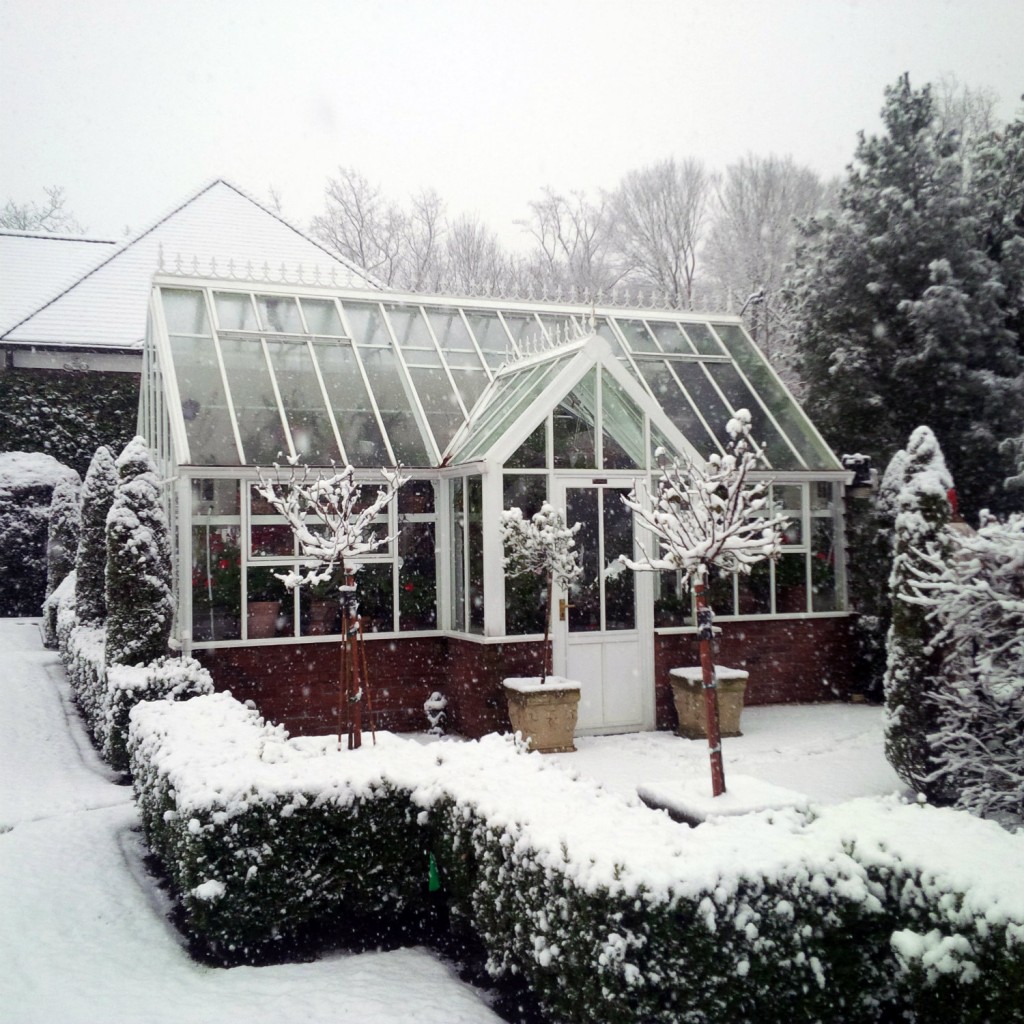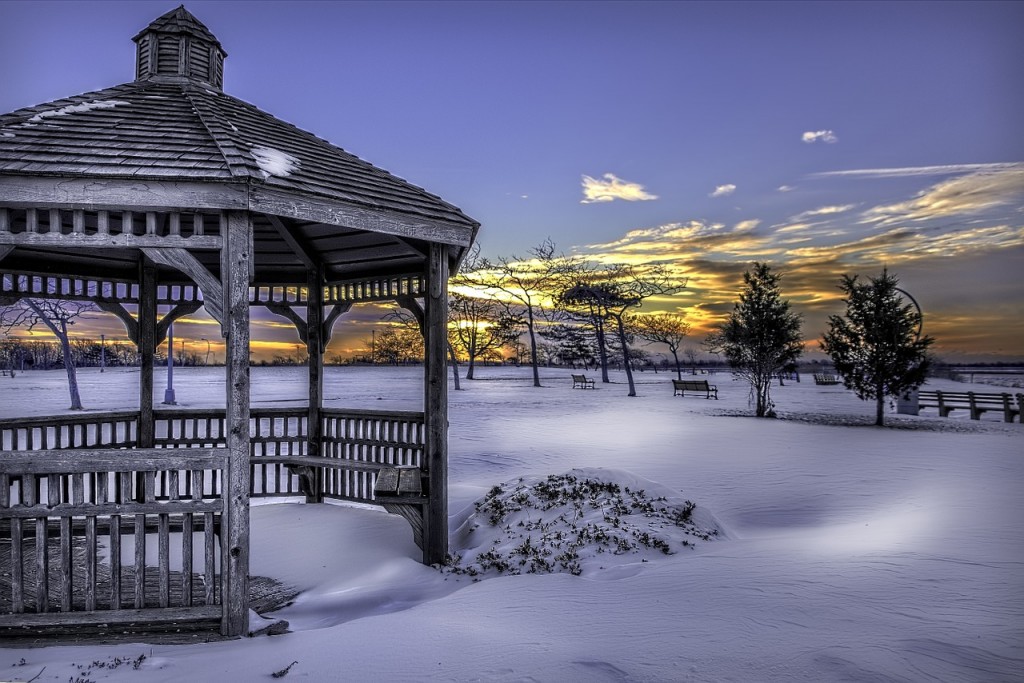
Green-fingered enthusiasts simply cannot afford to rest on their laurels and leave their garden to its own fate in the colder winter months.
For instance, it is hugely important to take steps toward protecting plants from frosts – and this is particularly the case in greenhouses. These controlled spaces are designed to store solar heat.
This means that the glass or plastic that comprises the bulk of the structure draws in and retains heat from the sun. After this, the energy it gains is slowly released throughout the evening and night – which keeps the plants much warmer than they would be if they were left outside.
While this provides a degree of protection from the frost inherently, it does not mean that an outdoor greenhouse is completely free from the chances of frost – but there are plenty of additional steps that gardeners can take to reduce the risk of this.

Garden Guides suggests several useful steps to start off with. First, fill any spare containers with water – things like buckets and planters will do – and place them around the inside of the greenhouse. This water will absorb additional sunlight in the day, thereby reducing the risk of frost issues in the evenings.
Insulating walls with something like bubble wrap can also be a positive move, as this could prevent as much heat from escaping, while maintaining the same level of light exposure that is so important to plants. Adding additional sources of light such as special heat or grow lights is also advisable.
Acclaimed garden writer Adam Pasco acknowledged that heating a greenhouse is a source of concern for the environmentally-conscious. In an article for Gardener’s World, he said that while insulating bubble wrap can reduce heat loss and the generators can be kept on low, it remains a burning question.
“Looking at things another way, I wonder if it’s actually worth heating the greenhouse,” the expert commented. “Does the cost of heating exceed the value of the plants I’m trying to protect through winter? I’ll need to do the sums and work out what the cost of replacing the plants would be,” he continued.
“Some of them are quite special, like the melianthus I raised from seed and quite large pots of agapanthus that I probably couldn’t replace, which would take an age to grow again,” Mr Pasco stated.
Some thought ought to be put into the choice of flowers and vegetables that are set to be grown in the greenhouse throughout the winter season too. Advisory website The Gardening Experts suggest that the likes of cabbage, lettuce and cauliflower – as well as root vegetables like turnips – would be strong choices for this time of year.
In terms of maintenance, it was also noted that greenhouse plants will be in need of much more water than is usually the case. A good rule of thumb would be to place a finger one-inch deep in the soil for a quick test. If it is still dry, then the plant will almost certainly need to be watered.



